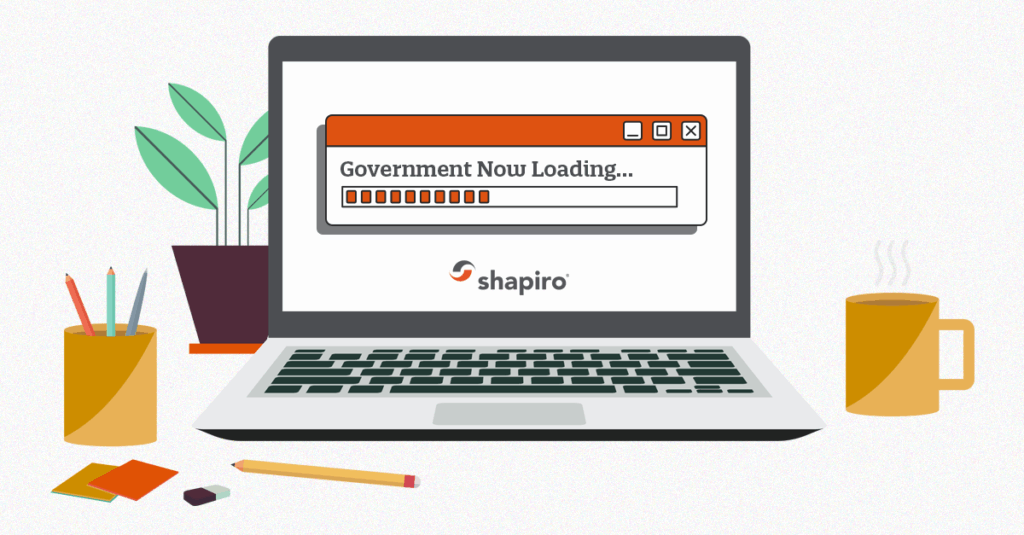Shutdowns and Showdowns: When Washington Hits Pause on the Supply Chain

When Congress stalls, containers crawl.
It’s been nearly four weeks since Washington hit pause on large portions of the federal government, and while this isn’t breaking news, the ripple effects are still rolling in. Over the past month, our team has fielded a steady stream of questions from importers, exporters, and logistics partners wondering what the shutdown really means for their cargo.
So, we decided to chart the waters—answering the most common “what now?” questions with a forwarder’s eye and a freight-friendly compass.
For shippers, a government shutdown isn’t just political theater; it’s a logistical cliffhanger. Each furlough, closed office, or frozen approval is another ripple that can slow global commerce to a crawl.
Let’s unpack how this bureaucratic bottleneck is reshaping the supply-chain forecast—and what smart shippers can do to stay in motion when D.C. stands still.
Customs, Cargo, and Coffee Breaks: Who’s Actually Working?
The good news: your cargo isn’t stranded at sea. The bad news: the paperwork might be.
Agencies like U.S. Customs and Border Protection (CBP) and the Coast Guard are still operating, since their funding sources are separate from Congress’s purse strings. That means ports remain open, inspectors are inspecting, and shipments are still clearing…for now.
But here’s the catch: many of CBP’s partner agencies—including the Federal Maritime Commission (FMC), certain divisions of the USDA, EPA, and BIS—are running skeleton crews or furloughed altogether. Those “secondary signatures” that make your compliance checklist complete? They’re sitting in inbox limbo.
Think of it like a ship still sailing… with half the crew asleep below deck.
Delays on Deck: Where Bottlenecks Start to Brew
It starts small—a delayed license here, a missed inspection there—but soon, cargo queues begin to lengthen.
During the 2018-2019 shutdown, average dwell times at major U.S. ports swelled by more than 15%. Analysts are already warning that, if the current freeze lingers, we could see similar slowdowns as inspection and classification backlogs pile up.
For forwarders and BCOs (beneficial cargo owners), that means it’s time to factor in new buffer days and communicate early with customers about potential clearance lags. When one government cog stops turning, the entire supply-chain gear train grinds slower.
Air and Ground: Still Rolling, but Feeling the Bumps
On the roads and in the skies, it’s business as usual…almost.
The Federal Motor Carrier Safety Administration (FMCSA) stays funded via the Highway Trust Fund, keeping truckers on the move. But new driver authorizations and safety audits that rely on inter-agency data may hit pause.
Meanwhile, at airports, TSA screeners are working without pay—which, historically, leads to absentee spikes and potential screening delays.
In other words, the freight lanes are open… but there’s a faint rattle in the engine.
From D.C. to the Docks: The Global Ripple Effect
The U.S. supply chain doesn’t exist in a vacuum—it’s a hub in the global logistics wheel.
When U.S. approvals or port workflows slow, it doesn’t just affect domestic importers. European and Asian exporters routing through U.S. gateways can feel the knock-on effects in the form of longer transshipment cycles, container shortages, and imbalanced returns.
As one economist put it, “When Washington sneezes, Rotterdam and Singapore catch a cold.”
Shutdown Scenarios: How Long Before the Tide Turns?
So, what happens if this lasts weeks…or months?
Economists paint three scenarios:
- Short-term (1–2 weeks): manageable slowdowns; mild approval delays.
- Moderate (3–6 weeks): mounting port dwell times, deferred licensing, and temporary trade-data blind spots.
- Extended (6 + weeks): widespread disruption to cargo clearance, export licensing, and market forecasting.
Even worse, when key data sources like the Bureau of Labor Statistics or Census Bureau pause reporting, logistics models lose visibility—meaning supply-chain planners are sailing without radar.
Keep Calm and Cargo On: What Forwarders and Shippers Can Do Now
Now’s the time to channel your inner logistics yogi: stay flexible, stay balanced.
- Audit your shipment mix. Flag goods that rely on special government oversight (food, pharma, tech, defense-sensitive). Those are your high-risk moves.
- Add buffer time. Build in a few extra days for clearance and routing—even if things look normal today.
- Double down on communication. Keep customers, partners, and carriers in the loop. Transparency beats apology every time.
- Stay data-savvy. Track updates from CBP and port authorities; don’t rely on national headlines alone.
- And most importantly: Lean on your forwarding partners who live and breathe this process daily.
Final Manifest: Finding Opportunity in the Standstill
Every slowdown is a stress test—and a showcase.
The forwarders who shine during shutdowns aren’t the ones with magic access; they’re the ones who forecast, communicate, and adapt.
At Shapiro, we’ve weathered more than a century of trade turbulence: wars, recessions, pandemics, and yes, plenty of political gridlock. Through it all, we’ve learned that the best logistics strategy isn’t panic or passivity; it’s preparation with personality.
So, while Washington takes a coffee break, we’ll keep the cargo moving—one clearance, one call, and one creative workaround at a time.
